Mold Remediation Photo Gallery
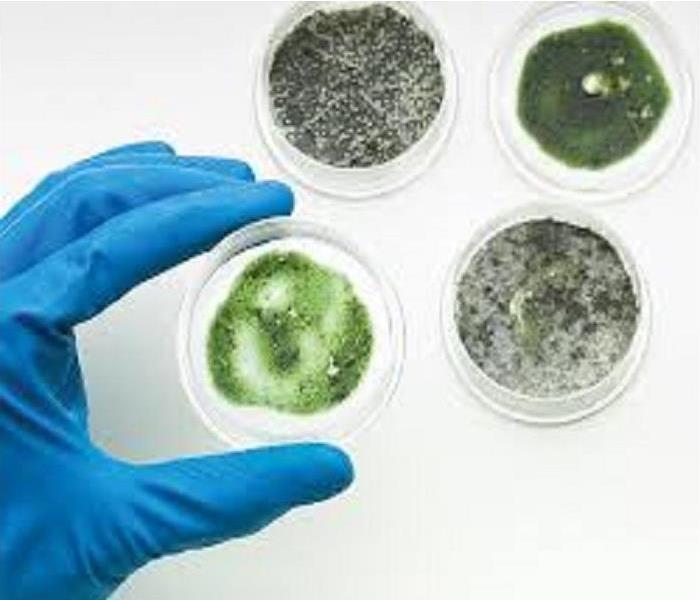
What is an Industrial Hygienist?
Industrial hygienists (IH) are specialists who tend to approach indoor mold conditions primarily from a scientific perspective. They are trained to take air samples and surface samples of visually apparent mold. These samples are then analyzed in a laboratory or occasionally on site.
The IH will then take all the information gathered and write a mold remediation protocol for their client. The mold remediation protocol contains in writing the recommended scope of work necessary to bring the interior air quality to within acceptable levels. The client then gives that written protocol to a qualified mold remediation company, such as SERVPRO of Lynn/Lynnfield, to remediate the mold following the protocol set forth by the IH.
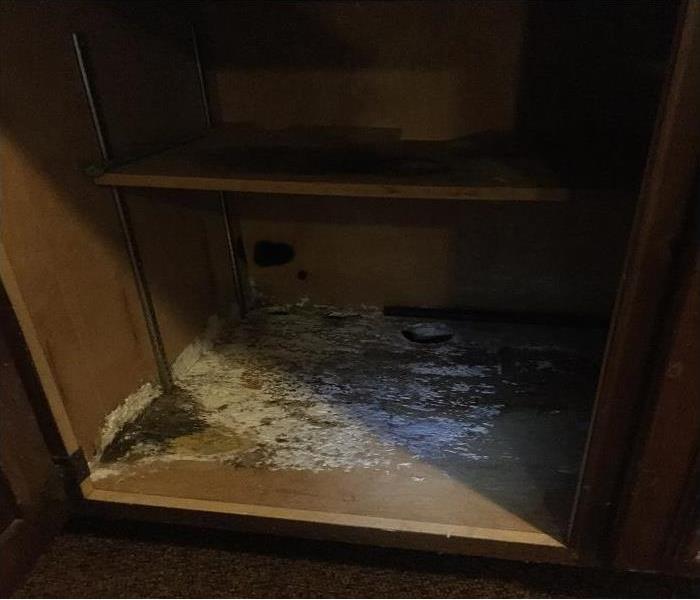
Check Under Those Cabinets!
Every now and then look take a look under cabinets with plumbing fixtures. Plumbing fixtures underneath a sink can wear out with age and develop leaks. If left untreated, water damage will emerge in the form of mold and/or rot on wooden surfaces.
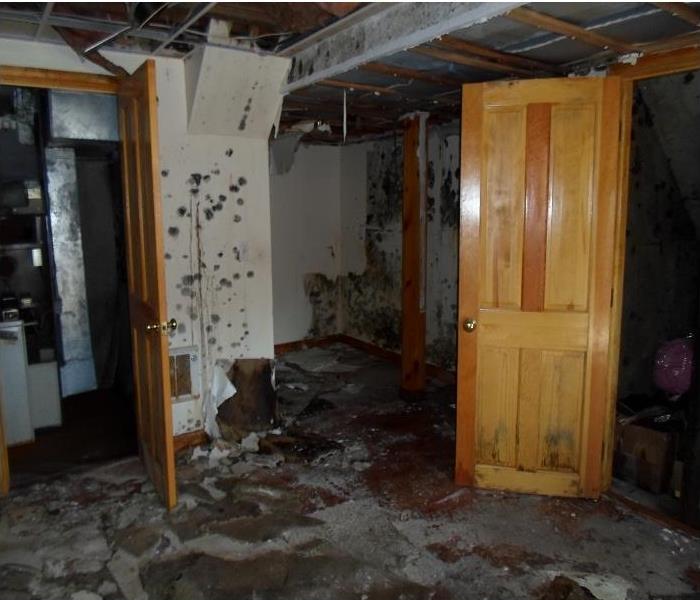
Always Check the Basement!
The owner of this home was away overseas and the caretaker only checked on the upstairs rooms. When the owner returned the entire basement was completely infested with mold from a water intrusion. The entire basement needed to be gutted and remediated.
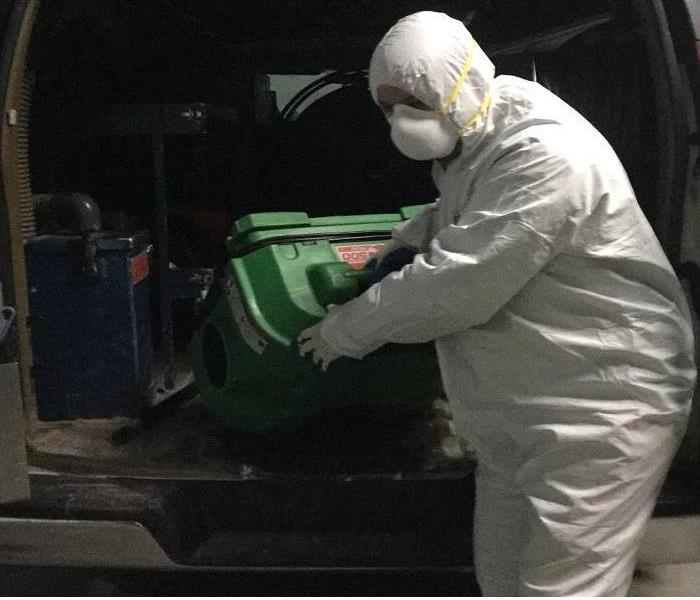
Personal Protection Equipment (PPE)
SERVPRO professionals use PPE (personal protective equipment) that consists of safety goggles, rubber boots, rubber gloves, full body protective gear, and a respirator designed for areas with high moisture levels. The respirator, in particular, is important because it prevents our technicians from inhaling airborne contaminants, such as mold, during the restoration process.
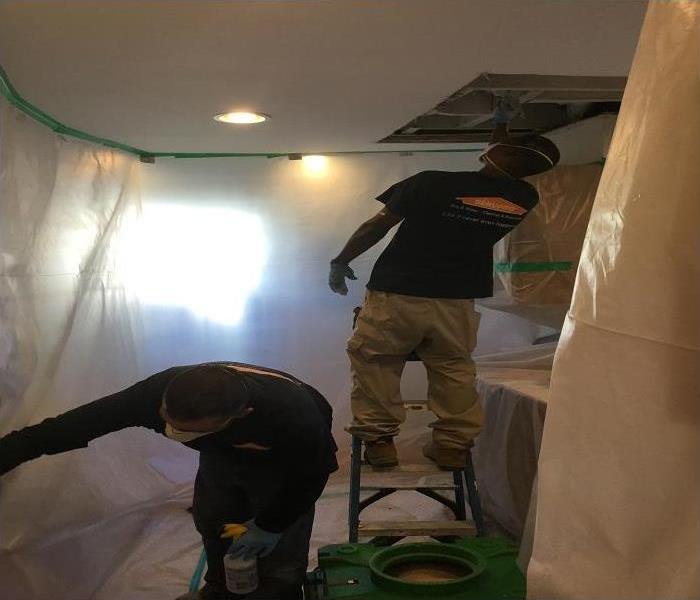
Containment in Use During Mold Remediation
SERVPRO uses various containment procedures to prevent the spread of mold, soot, construction dust or other contaminates. We may also use advanced containment procedures like negative air chambers to isolate the contaminated area with physical barriers and negative air pressure to keep the contaminates from spreading during the cleanup process. All fans and heating and cooling systems will be turned off to prevent any cross contamination.
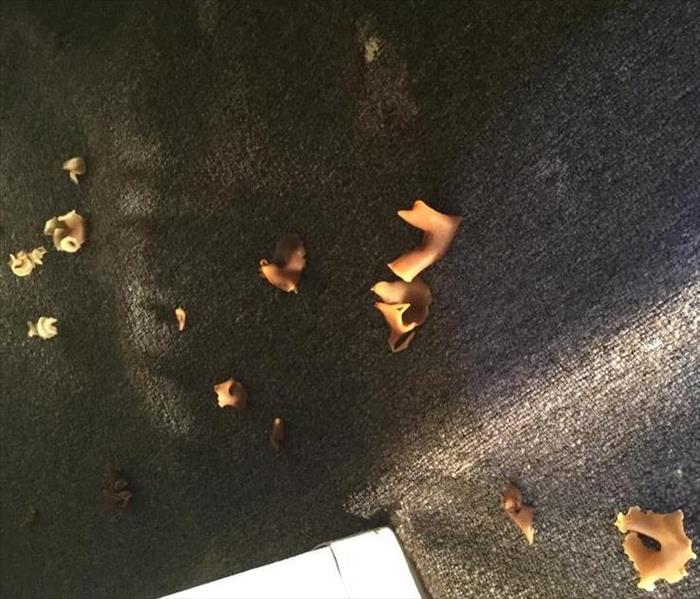
Mushrooms Growing in the Carpet?
Yes! Carpet mushroom are a real thing. SERPVRO Lynn/Lynnfield was called to inspect this bathroom in the basement of a commercial building that was seldom used.
Bathrooms are particularly well-suited for sprouting mushrooms. High heat, excess moisture and low lighting provide the perfect growing conditions that allow mushrooms to flourish on bathroom carpets, floors, walls or even ceilings, particularly around areas where moisture collects or pools.





 24/7 Emergency Service
24/7 Emergency Service